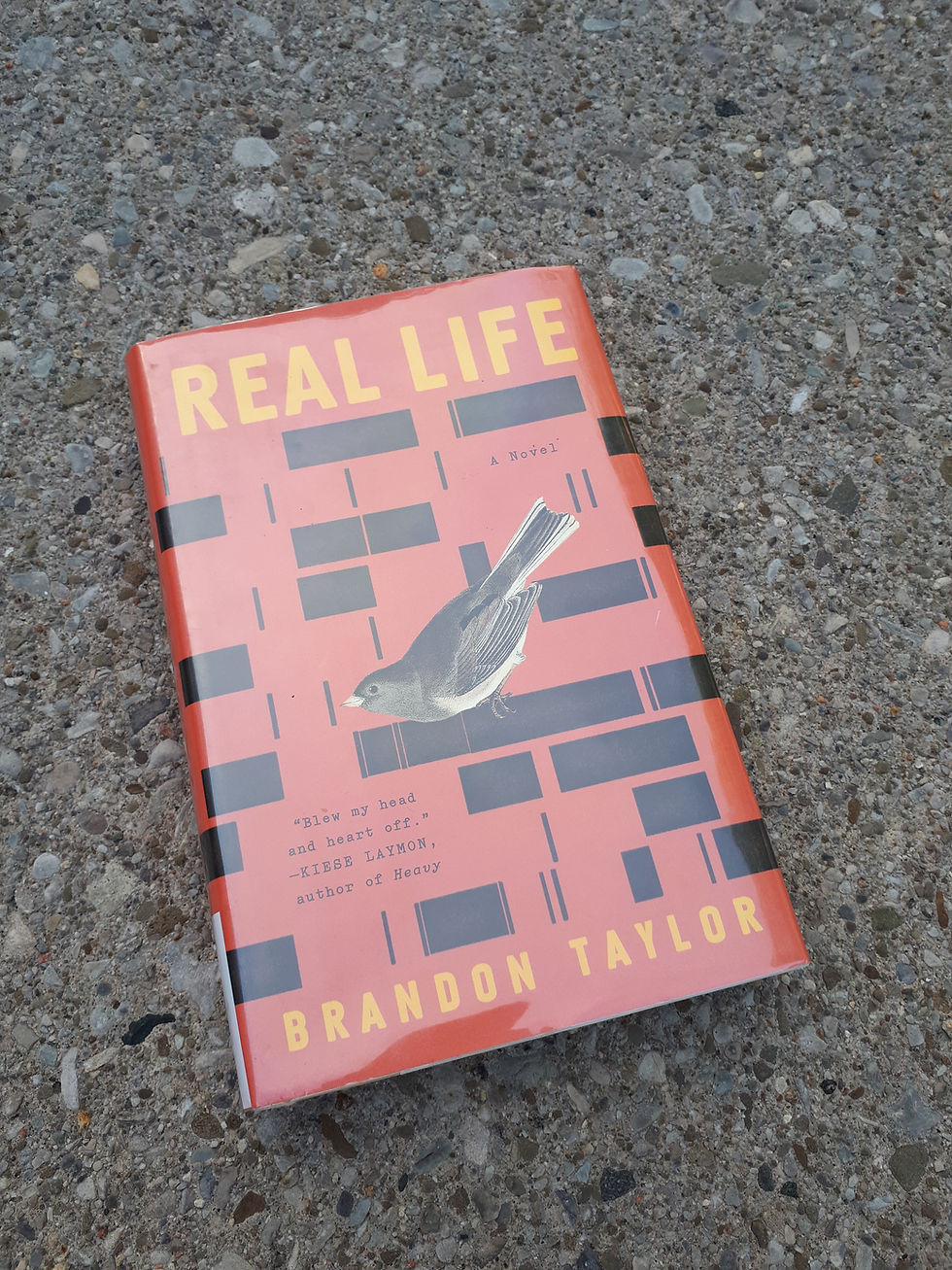Stop Asian Hate
- Aparna Singhal

- Mar 23, 2021
- 4 min read
This week has been another heavy one. As I sit here with the sun beaming through the window, I want to be hopeful, and I want to feel a sense of light for the future. But truthfully, I am feeling exhausted, scared, and angry. This Sunday (March 21) marked the International Day for Elimination of Racial Discrimination. I admit I keep pondering what this means. I keep wondering how we get there, especially as I reflect on the deep pain being carried by so many. I remain committed alongside this feeling of depletion because this work is about relationships. And relationships matter to me.
As I have done my best to check in with Asian and Pacific Islander friends, colleagues, and students, common feelings and perspectives are being shared. In being an empathetic listener, I sense deep feelings of worry about elderly loved ones going outside. I hear fear for one’s own safety. Both the words and the silence highlight a harsh reality that revolves around having to brace oneself for the possibility of a racially motivated incident while out in public.
This morning, I witnessed a racially motivated incident first hand. While walking in a fairly affluent neighborhood in Toronto, I overheard two people yelling at an Asian man to get away from them and a few other abusive comments. This hate was being spewed at an Asian man who was simply walking his dog on a beautiful sunny afternoon. In that instant, I knew I had to go and act. I could not stand by. I could not walk away. While I could not prevent the incident from happening, I knew it was important to check in on the man and be of support in any way that I could be.
As we talked and connected, he went from being visibly shaken to feeling relieved I was there with him. He was so open to sharing that I was blessed to hear a bit about his life, including immigrating from Korea to Canada over 40 years ago, raising a family in Toronto, and losing his wife to cancer a few years ago. He also shared his growing fears of being in public precisely because of what had just happened. I was moved by his willingness to openly share with me and was grateful for the opportunity to connect. He was appreciative of the time I took and yet I was left feeling that I needed to do more.
Hate is the virus. Hate is the pandemic that we should ALL be fighting.
The deadly rampage in Atlanta last week is yet another example of the increasing incidents of violence committed against Asian and Pacific Islander community members, the murder of eight people, and, in particular, the fact that most of these people were Asian women. Now is the time for an intersectionality analysis that not only names misogyny and racism as the source of violence but also class, age, and immigration status.
I have read and heard people’s remarks about how the pandemic and the resulting economic turmoil are causes for the horriific trends we have seen both in Canada and in the U.S. It has me wondering how people can fool themselves into thinking that racism, hatred, and violence are new, recent, and will end once the pandemic subsides. I have also heard so many in Canada continue to remark about how bad things are in the United States. How do we get people in Canada to understand that it is not only unwise to think that these discriminatory behaviours are not present within Canadian borders, it is also extremely harmful?
Reports released by Statistics Canada find that Asian Canadians have perceived an increase in race-based discrimination since the pandemic’s onset. Specifically, 18% of visible minority participants perceived an increase in the frequency of harassment or attacks based on race, ethnicity or skin colour—three times greater than the rest of the population (6%). Chinese (30%), Korean (27%), and Southeast Asian (19%) participants were disproportionately more likely to perceive these kinds of threats. Moreover, the reports demonstrated that Asian Canadians were more likely to experience discrimination in public areas, and that harassment was typically based on race or skin colour.
So what do we do?
The first step is to listen and show support. Respect silence if someone is struggling and unable to share in this moment, while also being available to listen. When someone is comfortable sharing their experiences with you, it is vitally important to listen, validate their feelings, and understand that there are no easy fixes or solutions. You can offer to help report the traumatic incidents. Fight Covid Racism and Act 2 End Racism are platforms to report anti-Asian harassment, crimes or violence. These websites also provide a number of educational resources and support.
After witnessing an incident first-hand, I have been reminded of the importance of being properly trained to intervene and support those impacted by harassment and hate. Bystander intervention training sessions are available through various social justice organizations and government agencies.
We each have a responsibility. We must commit ourselves to truly understanding that anti-Asian racism and xenophobia are not new, and that they are currently on the rise. It is critical that we take the time to learn about the historical roots of the oppression and systemic racism that has and continues to impact the lives of so many.
In order to #Fightracism today, tomorrow, and for the future, we must make commitments to take that learning and act.
Additional Resource:
Project 1907: Named after the year a violent anti-immigration rally erupted in Vancouver’s Chinatown and Japantown, Project 1907 is run by a group of Asian women on a mission to “elevate Asian voices that are underrepresented and undervalued in mainstream political, social, and cultural discourse, including amplifying the voices of women.”
Photo Credit: Ehimetalor Akhere Unuabona on Unsplash






Comments